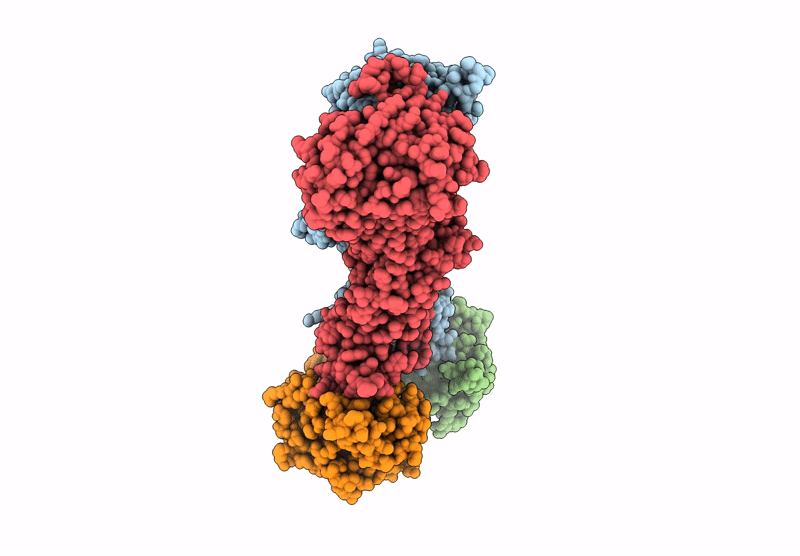
Deposition Date
2024-09-11
Release Date
2025-01-08
Last Version Date
2025-07-09
Entry Detail
PDB ID:
9GRC
Keywords:
Title:
Cryo-EM structure of lipoprotein-bound LolCDE in nanodiscs
Biological Source:
Source Organism:
Escherichia coli K-12 (Taxon ID: 83333)
Host Organism:
Method Details:
Experimental Method:
Resolution:
3.50 Å
Aggregation State:
PARTICLE
Reconstruction Method:
SINGLE PARTICLE


